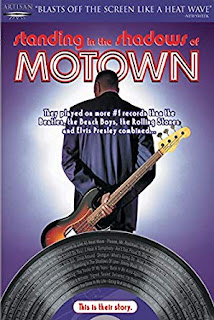I've blogged about topics related to my books Zug Island, Terror In Ypsilanti: John Norman Collins Unmasked and The Richard Streicher Jr. Murder: Ypsilanti's Depot Town Mystery. My current project is about the battle for the Detroit River during Prohibition. Not wanting to blog my book while writing it, I do blog about topics related to the general research I'm doing--for instance, my post on the Thompson Machine Gun. It plays a part in my treatment of the era but only as a tool for murder and mayhem.
My latest project is about the Purple Gang, the Mafia, and the federal government's attempts to control the flood of bootleg liquor crossing the Detroit River. The United States Treasury Department estimates that 75-80% of the booze smuggled into the country crossed the river between 1920 and 1933--the Prohibition years.
As an independent author starting late in the game at sixty-one-years old, my original goal was to write a memoir and see it through to publication. The positive response and initial success of Zug Island prompted me to write a second book, and then a third. Those books have won six writing awards and two of them are Amazon best-sellers.
My current goal is to finish my fourth book within the next two years. Once that book is published, I plan to promote it for a year and then wind down my writing career. When that happens, I hope to have reached over one-million Fornology.com hits--less than 240,000 to go.
A special thank you to all of my readers, especially those who wrote reviews and posted them on Amazon. Reviews provide valuable word-of-mouth exposure and promote sales. If you like any of my books and have yet to write a review, it's not too late. That said, I'm pleased with the level of success I've achieved as an independent author and hope readers will embrace my next project.
To write a review, click on my Amazon author site, then click on the book icon, and scroll down: https://www.amazon.com/Gregory-A.-Fournier/e/B00BDNEG1C You can also click on the book icons in the right sidebar of this page.









